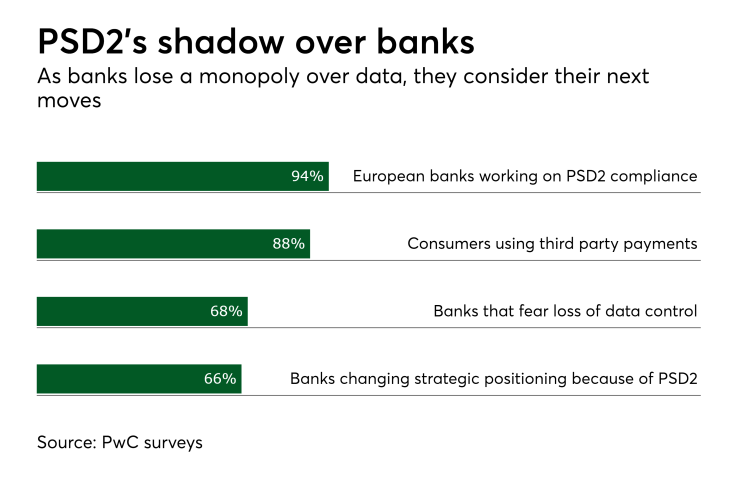The traditional banking landscape is changing rapidly as nontraditional players including fintechs, payment apps and neo-banks enter the global marketplace. These new entrants target the same customers as traditional financial institutions, but offer a greater array of products and services. To counter the rising competition, financial institutions are opening their doors to open banking.
Open banking leverages open application programming interfaces (open APIs) to streamline a financial institution’s ability to do business with third parties and enable financial institutions to “plug and play” different components of the banking ecosystem. In this way, financial institutions can readily launch new or nontraditional banking products and services based on their individual customers’ needs. Speed to market is slashed since the product or service already exists through a third party. In a nutshell, open banking simply gives the financial institution the ability to access that product or service and offer it to customers, thereby becoming a one-stop solution for all their financial goals.
Today’s customers are looking for transformational experiences from their financial institutions. These experiences have to be readily adaptable given the quickly changing requirements and expectations of customers. Open banking helps financial institutions meet these customer needs in a number of ways that can help them build that customer relationship. For example, open banking can:

Ensure a positive customer experience across all channels: By accelerating the move to omnichannel banking and facilitating the use of big data, open banking helps financial institutions orchestrate a range of transactions across all channels and third-party applications. Financial institutions are then able to personalize and roll out offers in real-time, delivering a superior experience to customers.
Provide agility to respond to changing customer expectations: Today’s customers expect their financial institution to constantly enhance and expand its offerings. Open APIs empower financial institutions to offer nontraditional products and services with speed and agility to satisfy customer demands.
Deliver a personalized customer experience: An orchestration layer can bring together all financial institution platforms, applications and third-party customer data with advanced analytics, enabling the financial institution to create personalized offers appropriate for where a customer is at that point in time.
Automate and streamline processes to provide enhanced customer service: Open banking makes available an array of tools and services that automate or streamline processes in the branch and back office, making life easier on bank employees.
In these ways, open banking enables financial institutions to attract new customers and create more “stickiness” in ongoing customer relationships. More than simply offering customers more products, open banking represents an opportunity for financial institutions to truly understanding the entire customer life journey, becoming an integral part of the customer’s life. This translates into increased customer retention and a greater share of wallet.





